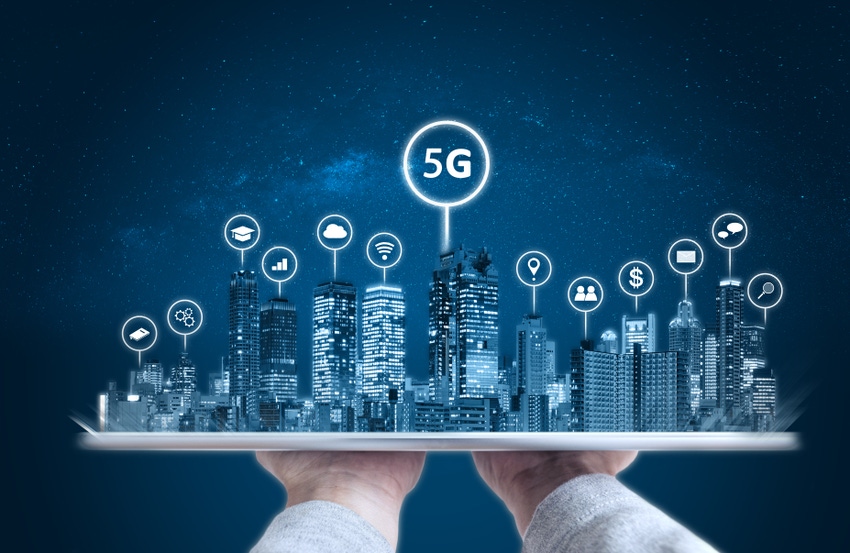5G pacesetters twice as likely to grow ARPU, claims Ericsson
Ericsson's ConsumerLab is doing its bit to drum up business with a report that draws lines between early 5G deployment and financial returns.
November 10, 2021

Ericsson’s ConsumerLab is doing its bit to drum up business with a report that draws lines between early 5G deployment and financial returns.
It’s called ‘5G Pacesetters’, and it defines four categories of 5G maturity. Telcos that are only just getting started fall into the 5G Explorers category. The next rung up from that is called 5G Potentials, and includes telcos that have decent 4G networks but have not got very far with their 5G offerings. Next up are 5G Aspirationals which are market challengers that are striving to improve customer satisfaction and have ambitious 5G targets. Finally, top of the class are the 5G Pacesetters, which are pushing hard to deliver market-beating 5G coverage and performance, but still have further room for improvement.
That pacesetter category has on average 75 percent 5G population coverage, download speeds of 270 Mbps, and average 5G availability of 14 percent or above, said Ericsson. That category is also the most proactive when it comes to rolling out new networking technology like multi-access edge computing (MEC) and standalone (SA) 5G.
“5G pacesetters who can demonstrate an ability to adopt new technologies, influence consumer perception and are prepared to invest and focus on 5G service innovation, are already stepping ahead of competitors in the race to new revenue opportunities,” said Jasmeet Singh Sethi, head of Ericsson’s ConsumerLab, in a statement
Indeed, according to the report, 50 percent of 5G pacesetters have increased ARPU by at least one percent in the last 12 months. That compares to a quarter of telcos overall, claims Ericsson. The report also asserts that 5G pacesetters are three times more likely to retain customers than telcos that fall into other categories.
Unsurprisingly, the report recommends that operators spend more on improving 5G coverage. It also suggests launching new services like fixed-wireless access (FWA), making improvements to 5G marketing, and upselling to higher-value 5G tariffs.
“A commitment towards technology leadership and network quality is key to unlock CSP 5G revenue growth by enhancing the core consumer business while at the same time exploring new business opportunities,” said Ericsson CTO Erik Ekudden.
Swedish incumbent Telia has clearly heeded this advice. On Wednesday it emerged that it has chosen Nokia to supply a 5G SA core for its operation in Finland. It follows similar deals between the two in Denmark, Estonia, Lithuania, Norway, and oh yes, Sweden.
Under the deal, Telia will deploy Nokia’s cloud packet core and registers, which consolidates subscriber data into a common, distributed repository. Combined with Nokia’s RAN, the SA core will support new 5G services like network slicing, as well as faster, more reliable connectivity.
“We are now taking the most significant step forward since the launch of 5G, as SA enables all the revolutionary features of 5G. Thanks to our cooperation with our trusted partner Nokia, Finland will keep its position as a leading mobile country in the world,” said Jari Collin, CTO of Telia Finland, in a statement.
Another way of putting it might be that Finland will continue to be a 5G pacesetter.
About the Author(s)
You May Also Like








.png?width=300&auto=webp&quality=80&disable=upscale)


_1.jpg?width=300&auto=webp&quality=80&disable=upscale)


.png?width=800&auto=webp&quality=80&disable=upscale)